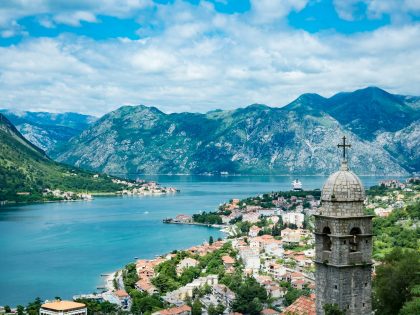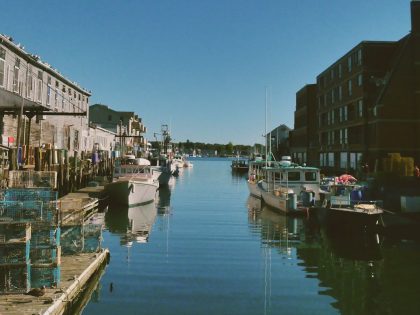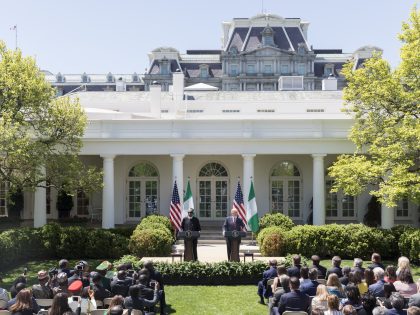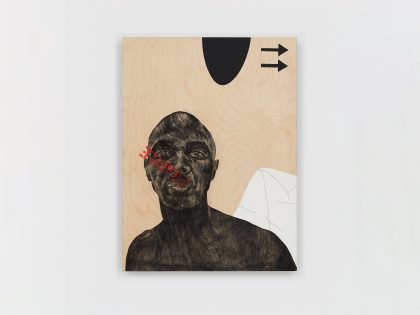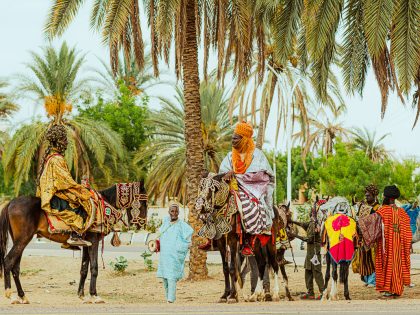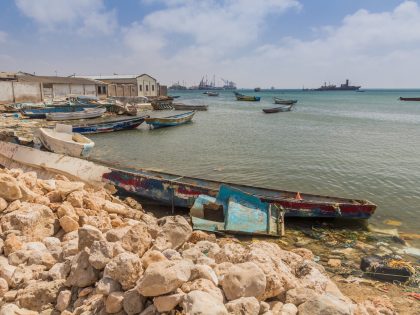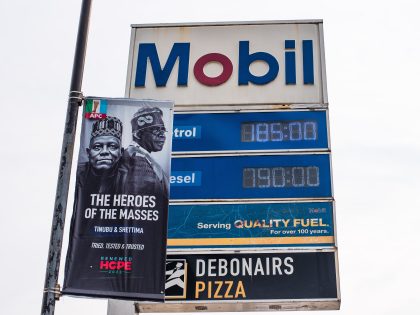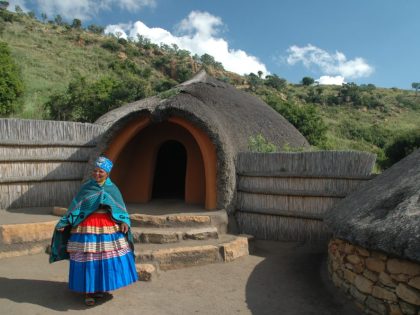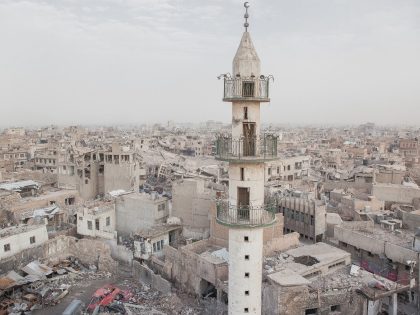Remembering Tunisia
A series of public portraits by the young French-Algerian artist Bilel Kaltoun honors the martyrs of Tunisia's revolution.

Passersby taking in Bilel Kaltoun's work in Tunis, Tunisia (Via the artist).
January 14th, 2012 marks one year since the Tunisian people pushed the country’s despot Ben Ali out of his palace and witnessed him fleeing the country into exile in Saudi Arabia. Today saw thousands of Tunisians come out to the street again, demanding jobs, dignity and recognition of the martyrs slain during the weeks of unrest before Ben Ali’s escape. One of the many moving works remembering those Tunisian citizens that were killed, are the portraits by the young French-Algerian artist Bilel Kaltoun. Three months after the January revolution, he drew some 40 life-sized figures from the victims’ photographs and placed them in and around the streets of Tunis. More pictures of his ‘Zoo Project’ below and on his website (click on the arrows in the right side of the screen to browse).







